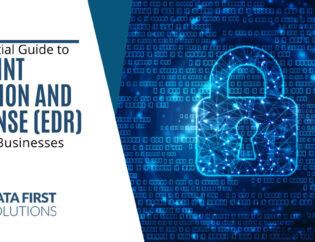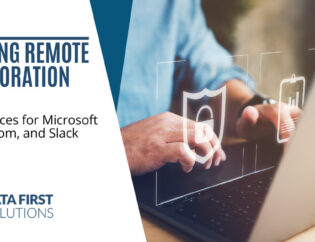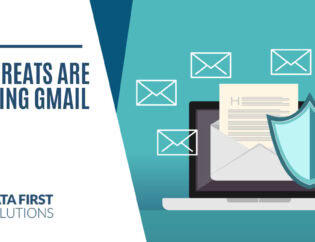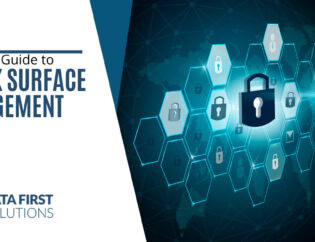
This article delves into the various avenues through which phishing scams can infiltrate your life and provides crucial insights on safeguarding your personal information, irrespective of the platform.
The Expanding Phishing Landscape
Beyond Email: Phone and SMS
While email phishing is familiar to many, the rise of smartphones has opened new avenues for malicious actors. Phone and SMS-based phishing, often referred to as “smishing,” rely on text messages and phone calls to lure victims into divulging sensitive information. These tactics can be just as convincing and dangerous as their email counterparts.
Unusual Suspects: Traditional Mail
Phishing scams have even resurfaced in an unexpected form: traditional mail. An incident involving a deceptive letter with a bitlyq link underscores the adaptability of cybercriminals. In this case, they capitalize on the trust associated with physical mail to deceive recipients.
Staying Vigilant Across All Channels
Protecting Personal Information
The key to defending against phishing scams across various channels is a proactive approach to safeguarding your personal information. Here’s how to stay vigilant:
- Be Skeptical: Maintain a healthy dose of skepticism when encountering unexpected requests for personal information, whether via email, phone, SMS, or mail.
- Verify Sources: Always verify the legitimacy of the sender or caller. Contact the organization directly using official contact information, not information provided in the suspicious message.
- Exercise Caution with Links: Avoid clicking on links, especially if they appear suspicious. Hover over links to see the actual destination URL, and refrain from accessing them if they don’t match the expected website.
- Educate Yourself: Stay informed about the latest phishing tactics. Knowledge is your first line of defense.
The Social Media Trap
Phishing scams have even infiltrated social media platforms. Cybercriminals create fake profiles, send deceptive messages, and use convincing tactics to trick users into revealing personal information.
For instance, imagine receiving a message from what appears to be a friend’s account, asking for your password while sharing a selfie featuring a post-it note with your computer’s login credentials.
Safeguarding Your Social Media Presence
Recognizing Social Media Phishing
Social media phishing often capitalizes on trust and familiarity. Here’s how to spot and thwart these scams:
- Profile Verification: Always verify the authenticity of profiles before engaging in any conversation or sharing personal information.
- Password Protection: Never share your passwords or sensitive data through social media messages.
- Report Suspicious Activity: Most social media platforms have reporting mechanisms for suspicious accounts or messages. Use these features to protect yourself and others.
A Multifaceted Defense
As phishing scams diversify and infiltrate various aspects of our lives, it’s clear that a multifaceted defense strategy is essential. Whether you’re safeguarding your email, phone, SMS, or social media accounts, the principles of vigilance, verification, and education remain constant.
Protecting yourself from phishing scams is a collective effort that spans across all communication channels. At Data First Solutions, we are committed to enhancing your online security. If you ever encounter a suspicious message, call, or email, contact us immediately. Your online safety is our top priority, and together, we can navigate the digital landscape securely.









